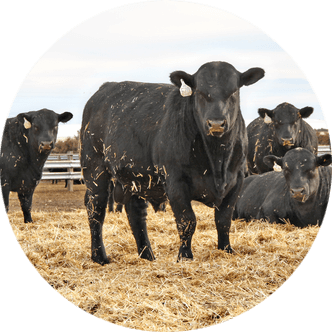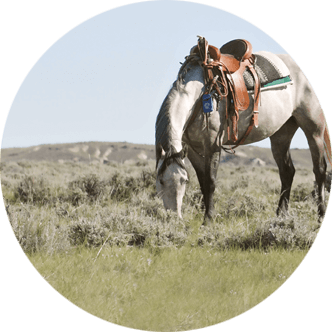National Bison Day celebrates spirit of the American West
Nov. 1 marked 2025 National Bison Day, a celebration of the official national mammal of the U.S. and an iconic symbol of the American West.
In recognition – and despite the current government shutdown – the U.S. Senate passed Senate Resolution 0475, National Bison Day on Oct. 29 to honor the cultural, ecological and economic significance of the species. The legislation was sponsored by U.S. Sens. John Hoeven (R-ND) and Martin Heinrich (D-NM).
“As we celebrate National Bison Day, we honor not just the animal itself but the collaborative sprit that saved it, the regenerative practices that sustain it and communities that continue to champion its success,” writes the National Bison Association (NBA) in an Oct. 30 press release.
Remarkable recovery
The story of the American bison is one of remarkable resilience and recovery.
At one time, an estimated 30 million bison roamed the plains of North America, serving as a crucial part of the Western ecosystem and a vital resource for Native American Tribes.
By the late 1800s, however, drought, disease and overhunting nearly wiped out the entire population, with fewer than 1,000 animals remaining.
In response, conservationists, ranchers and Tribal Nations joined in partnership in the early 1900s to save the species from extinction.
Their efforts paid off, and today there are roughly 500,000 American bison in the U.S., of which about 20,500 exist in conservation herds and 420,000 as commercial livestock.
To recognize these efforts, Congress officially named the bison the national mammal of the U.S., cementing the species’ place alongside the bald eagle as a symbol of strength, resilience and the untamed American spirit.
In addition, the Senate has passed a resolution each year since 2013 – with bipartisan support – to honor the animal’s historical, cultural and economic significance, designating the first Saturday of November as National Bison Day.
Where the buffalo roam
Nowhere does the American bison’s roots run deeper than in Wyoming, which ranks among the top 10 states in population numbers and boasts the largest continuously wild, free-ranging herd the U.S.
In Yellowstone National Park, the bison herd was estimated at about 5,400 animals in 2024.
Additionally, a study published on Aug. 14 – conducted by the Biological Threats and Invasive Species Research Program in collaboration with the National Park Service (NPS), U.S. Fish and Wildlife Service and Wyoming Game and Fish Department – found a herd reintroduced to the Jackson Hole area averaged 485 animals between 2018-23.
The Wind River Reservation is also home to a growing herd, where the Eastern Shoshone and Northern Arapaho Tribes have been restoring bison populations through the Wind River Tribal Buffalo Initiative since 2016.
An Aug. 22 press release published by the Northern Arapaho Tribe announced the initiative recently took a historic step in their conservation efforts by officially classifying bison as wildlife on the Wind River Reservation.
The release notes this decision marks a “significant milestone in the Tribe’s commitment to traditional land stewardship, cultural revitalization and ecological restoration.”
The press release further reads, “The new resolution will ensure buffalo receive the same protections as other native wildlife under Tribal law, safeguarding their future and the ecosystem they help sustain.”
Role on the range
Ecologically, bison are a keystone species and have engineered the Western prairie ecosystem for over 10,000 years.
According to NPS, bison’s grazing patterns stimulate plant regrowth, influence natural fire regimes and provide habitats for grassland insects, birds, small mammals and wildflowers.
NBA further notes bison are increasingly being seen as a solution to society’s rising interest in regenerative land management.
“Bison are ‘regenerative by nature’ – undomesticated animals which retain their natural instincts, birth cycles and self-sufficiency,” NBA says. “Today’s bison producers are stewards of the land, replicating the species’ innate grazing behavior through regenerative ranching practices which support healthy grasslands, biodiversity and rural livelihoods.”
Bison has also become increasingly popular at the grocery store as consumers seek out more lean, high-protein, grass-fed options.
While bison makes up a small fraction of market shares, NBA notes sales have grown by about 22 percent over the past five years, reaching approximately $340 million in annual sales in the U.S.
The species return isn’t just about the economics, though – it is also about its deep-rooted heritage in the West. From Native Nations to ranchers and wildlife managers, the bison stands as a living symbol of the American West and the spirit of the Great Plains.
Today, National Bison Day not only honors the animal itself but the resilience it represents in all who call the West home.
Hannah Bugas is the managing editor of the Wyoming Livestock Roundup. Send comments on this article to roundup@wylr.net.





